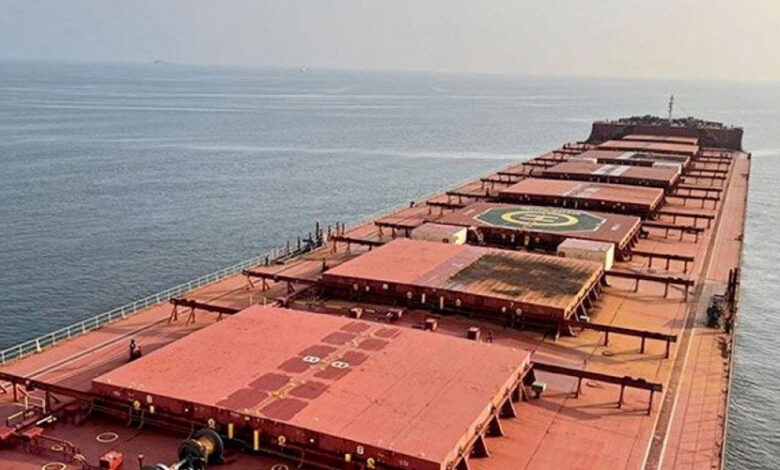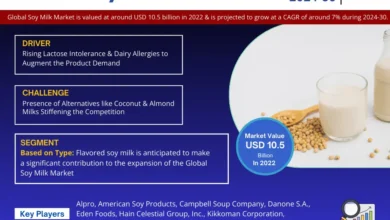The Future of Dry Bulk Shipping: Trends and Insights


The dry bulk shipping industry is a cornerstone of global trade, responsible for transporting vast quantities of essential commodities like coal, iron ore, and grain across the world’s oceans. As the industry evolves, several emerging trends and insights are shaping its future. This blog explores these developments, offering a glimpse into the future of dry bulk shipping.
1. Technological Advancements and Digitalization
Technology is revolutionizing dry bulk shipping, making it more efficient, safer, and environmentally friendly. Key technological trends include:
- Autonomous Ships: The development of autonomous vessels is gaining momentum. These ships can operate with minimal human intervention, reducing labor costs and human error. While fully autonomous ships are still in the experimental stage, partial automation and remote monitoring systems are already enhancing operational efficiency.
- Internet of Things (IoT): IoT devices are being integrated into ships and port facilities to provide real-time data on various parameters such as cargo condition, fuel consumption, and equipment health. This data enables predictive maintenance, reduces downtime, and optimizes route planning.
- Blockchain Technology: Blockchain is improving transparency and security in the supply chain. By providing a tamper-proof ledger of transactions, it ensures the integrity of shipping documents and reduces the risk of fraud.
2. Sustainability and Environmental Regulations
The push for sustainability is transforming the dry bulk shipping industry. Stricter environmental regulations and the need to reduce carbon emissions are driving several changes:
- Green Fuels: The industry is exploring alternative fuels such as liquefied natural gas (LNG), hydrogen, and ammonia to reduce carbon footprints. These fuels produce fewer emissions compared to traditional marine fuels.
- Energy-Efficient Technologies: Innovations such as air lubrication systems, which reduce friction between the hull and water, and wind-assist technologies like rotor sails are being adopted to enhance fuel efficiency.
- Carbon Neutral Shipping: Some companies are committing to carbon neutrality by investing in carbon offset projects and using renewable energy sources for port operations and auxiliary power.
3. Market Dynamics and Global Trade Patterns
Global economic shifts and trade dynamics are influencing the dry bulk shipping industry:
- Shift in Commodity Demand: The demand for certain commodities is changing due to economic development, industrialization, and environmental policies. For instance, the transition to renewable energy sources is reducing coal demand, while the need for raw materials for electric vehicles is increasing demand for metals like lithium and cobalt.
- Belt and Road Initiative (BRI): China’s BRI is reshaping global trade routes and creating new opportunities for dry bulk shipping. Improved infrastructure and connectivity across Asia, Europe, and Africa are expected to boost trade volumes.
- US-China Trade Relations: The evolving trade relationship between the US and China continues to impact shipping routes and demand for bulk commodities. Changes in tariffs, trade agreements, and geopolitical tensions can have significant effects on the industry.
4. Infrastructure Development and Port Automation
Ports are becoming more sophisticated and automated to handle the increasing volume and complexity of global trade:
- Smart Ports: The development of smart ports equipped with automated cranes, IoT sensors, and advanced logistics systems is enhancing efficiency and reducing turnaround times. These ports can better manage cargo flows and optimize vessel berthing schedules.
- Infrastructure Investments: Investments in port infrastructure, including deeper berths to accommodate larger vessels and improved hinterland connectivity, are crucial for supporting the growth of dry bulk shipping. Governments and private entities are investing in expanding and modernizing port facilities worldwide.
5. Economic and Political Factors
Economic conditions and political decisions significantly influence the dry bulk shipping industry:
- Global Economic Growth: Economic growth drives demand for raw materials, directly impacting the volume of dry bulk cargoes. Economic slowdowns or recessions can lead to reduced trade volumes and lower shipping rates.
- Political Stability: Political stability in key regions affects trade flows and shipping routes. Political unrest or changes in trade policies can disrupt supply chains and alter shipping patterns.
Conclusion
The future of dry bulk shipping is being shaped by a confluence of technological advancements, sustainability initiatives, evolving market dynamics, infrastructure development, and economic and political factors. Embracing these trends will be crucial for industry players to stay competitive and navigate the challenges ahead. By investing in technology, adopting sustainable practices, and adapting to changing global trade patterns, the dry bulk shipping industry can look forward to a more efficient, resilient, and sustainable future.









